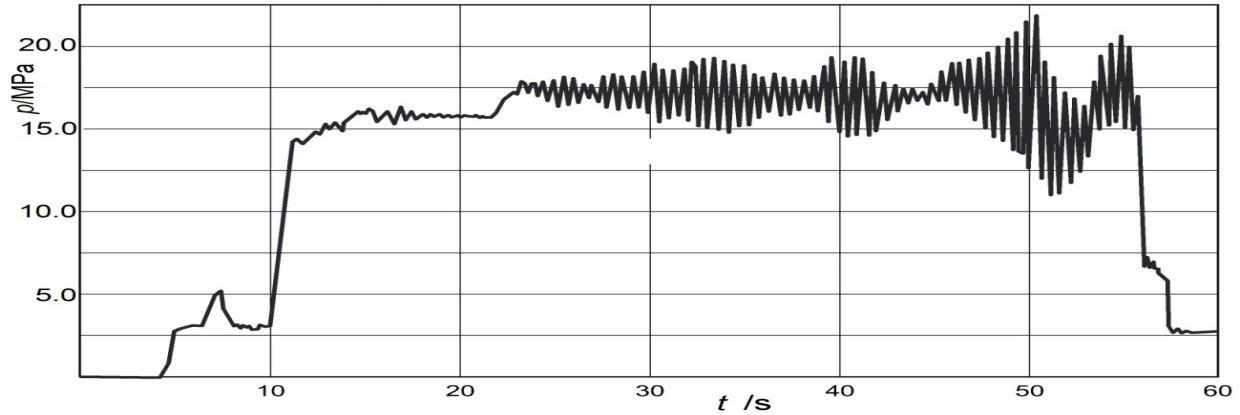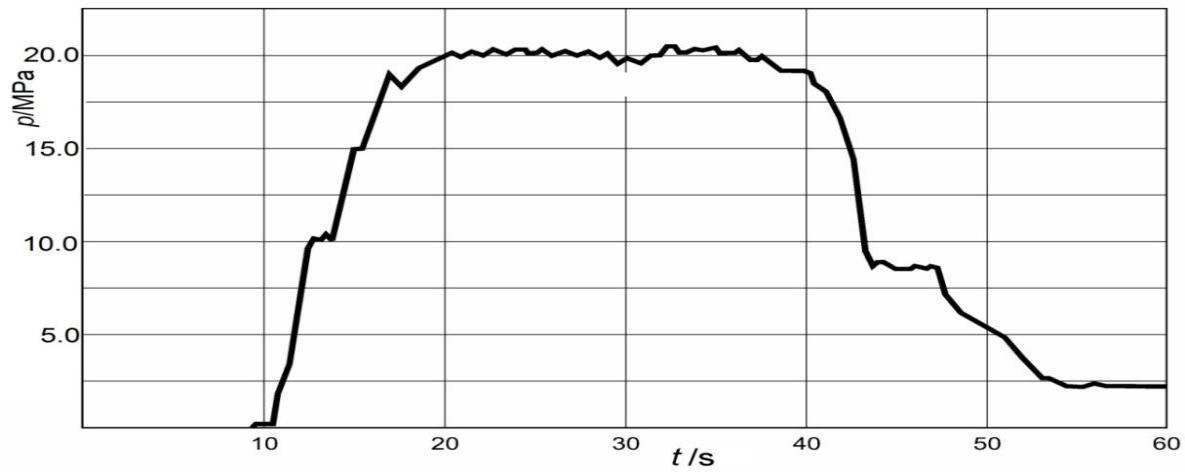Overview of Shock and Hydraulic System Reliability
1. Shock and system stability
1. Impact
Shock is caused by load or inertia. The hazards and mitigation measures of hydraulic shock will be introduced in the hydraulic shock chapter in the hydraulic maintenance part.
When the high-pressure and large-flow hydraulic system is started and stopped, the state of fluid and moving parts changes sharply. Under the action of inertia, a high pressure appears in the system instantly, which is commonly referred to as hydraulic shock. Driven by the hydraulic actuator, the load movement also has sudden start and stop phenomena, and the load with a larger mass will produce a large inertial impact. Hydraulic shock and load mechanical shock not only affect system performance stability and work reliability, but also cause vibration and noise, loosening of connecting parts, and even cracking of welds, damage of hydraulic components and measuring equipment.
2. System stability issues
Among the various functions of the balancing valve, the most important is to make the load drop smoothly at the desired speed without interference:
Open softly, stabilize in a certain state, and close softly. Therefore, it is very important to balance the transient response characteristics of the valve after being disturbed or working conditions change
Figure 18a shows that when the system is unstable, the vibration becomes more and more serious. Figure 18b shows that in order to properly balance the valve, the system can still maintain a stable operating condition after being disturbed

Figure 18a Actual measured hydraulic cylinder pressure on a certain equipment (unstable operating conditions)

Figure 18b Actual measured hydraulic cylinder pressure on a certain equipment (stable operating condition)
TEL:8616653921805
FAX:8616653921805
MAIL:sales@sendemach.com


Copyright © 2021 Sendemach. All rights reserved. Technical support:Sendemach. sitmap
 8616653921805
8616653921805  sales@sendemach.com
sales@sendemach.com  English
English 



